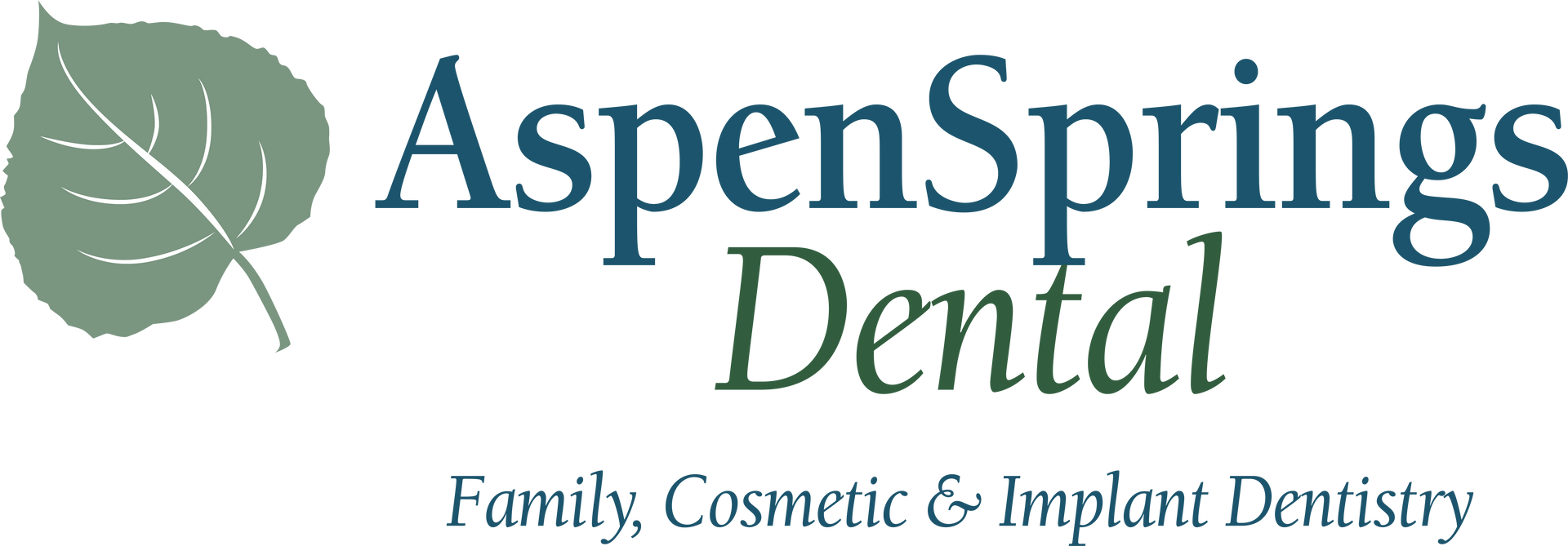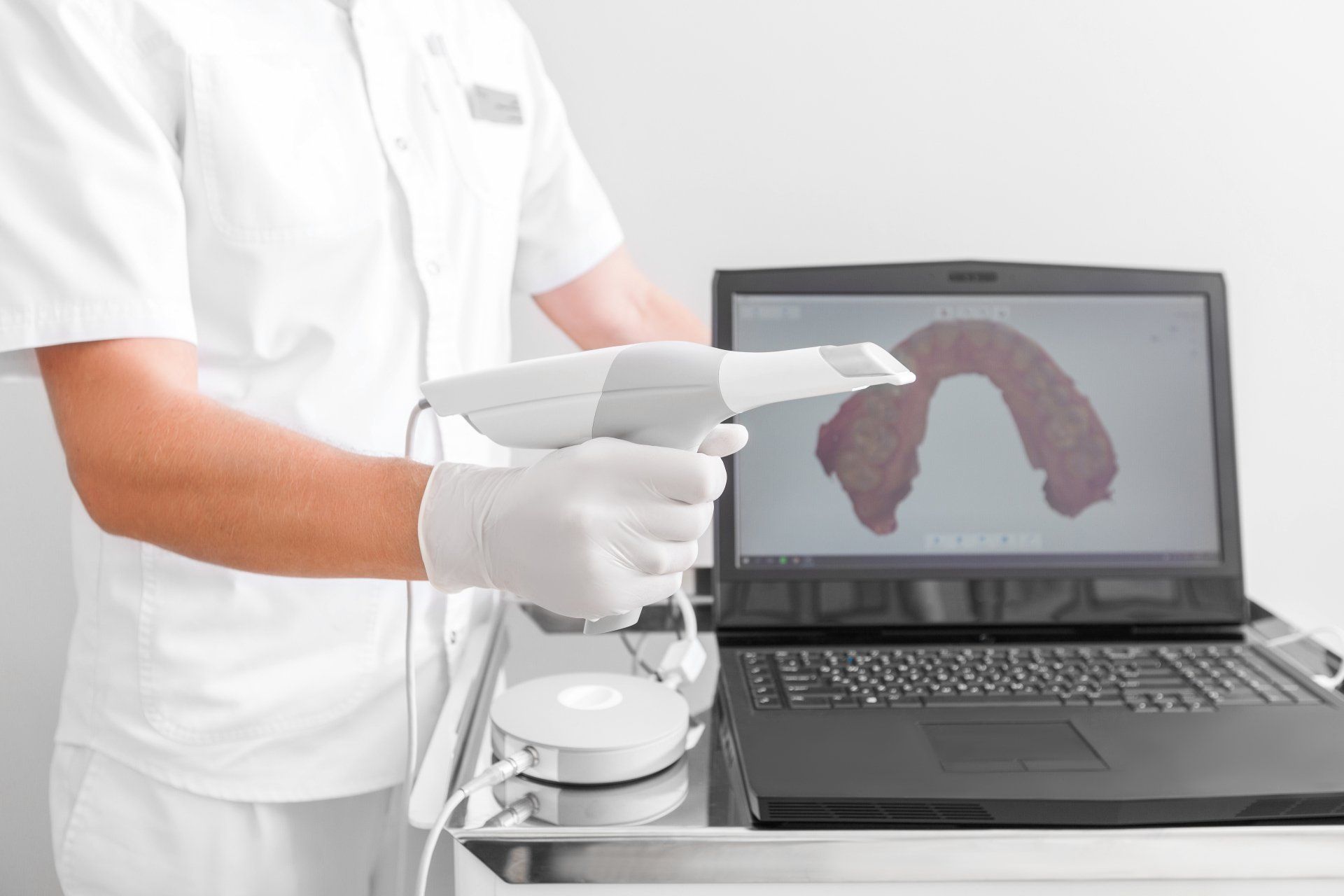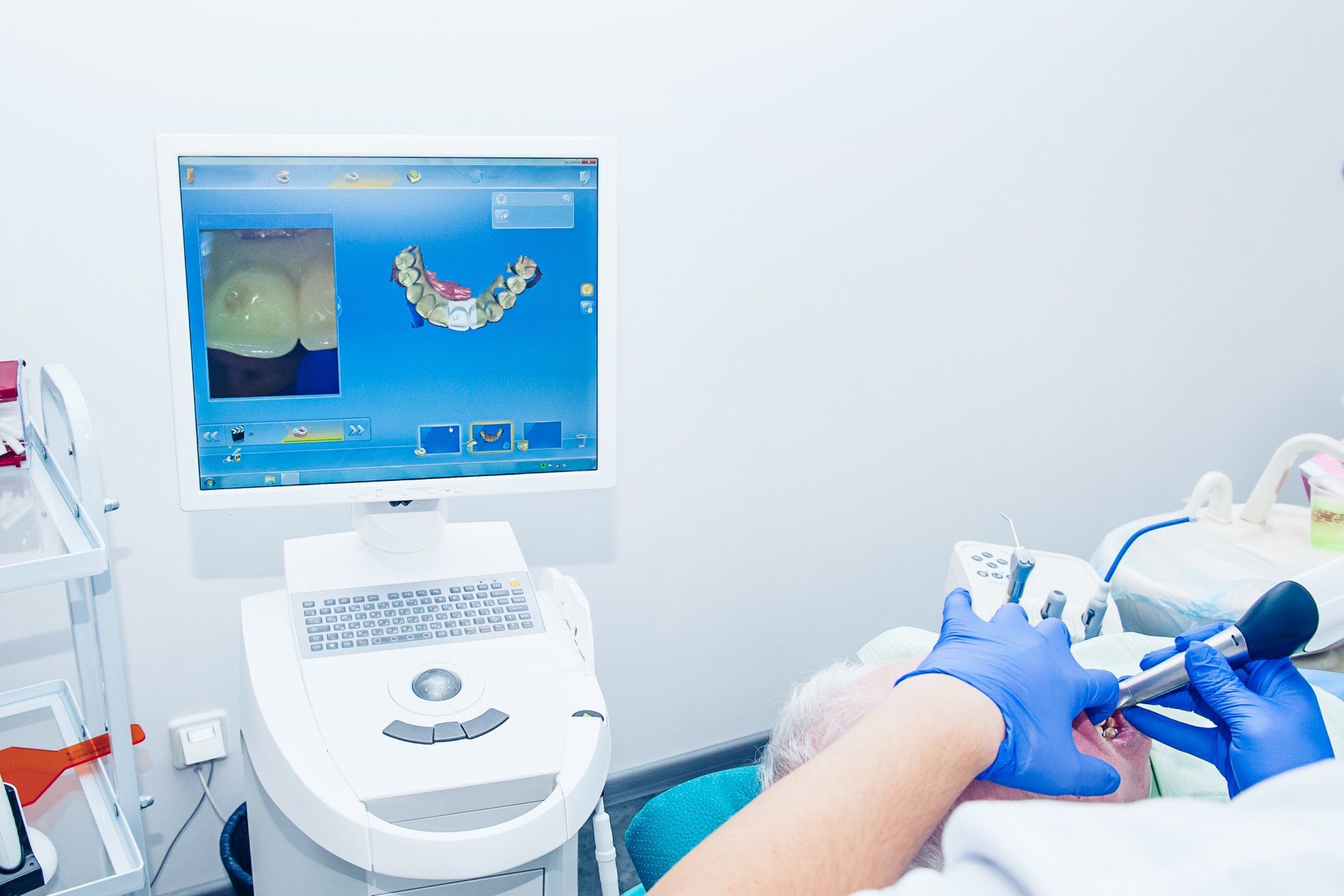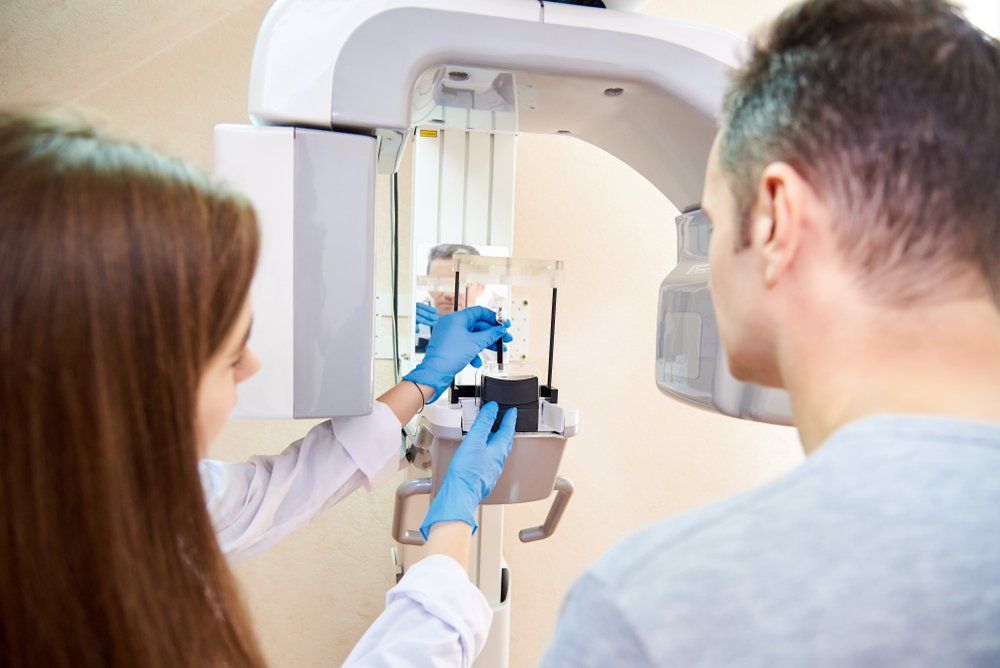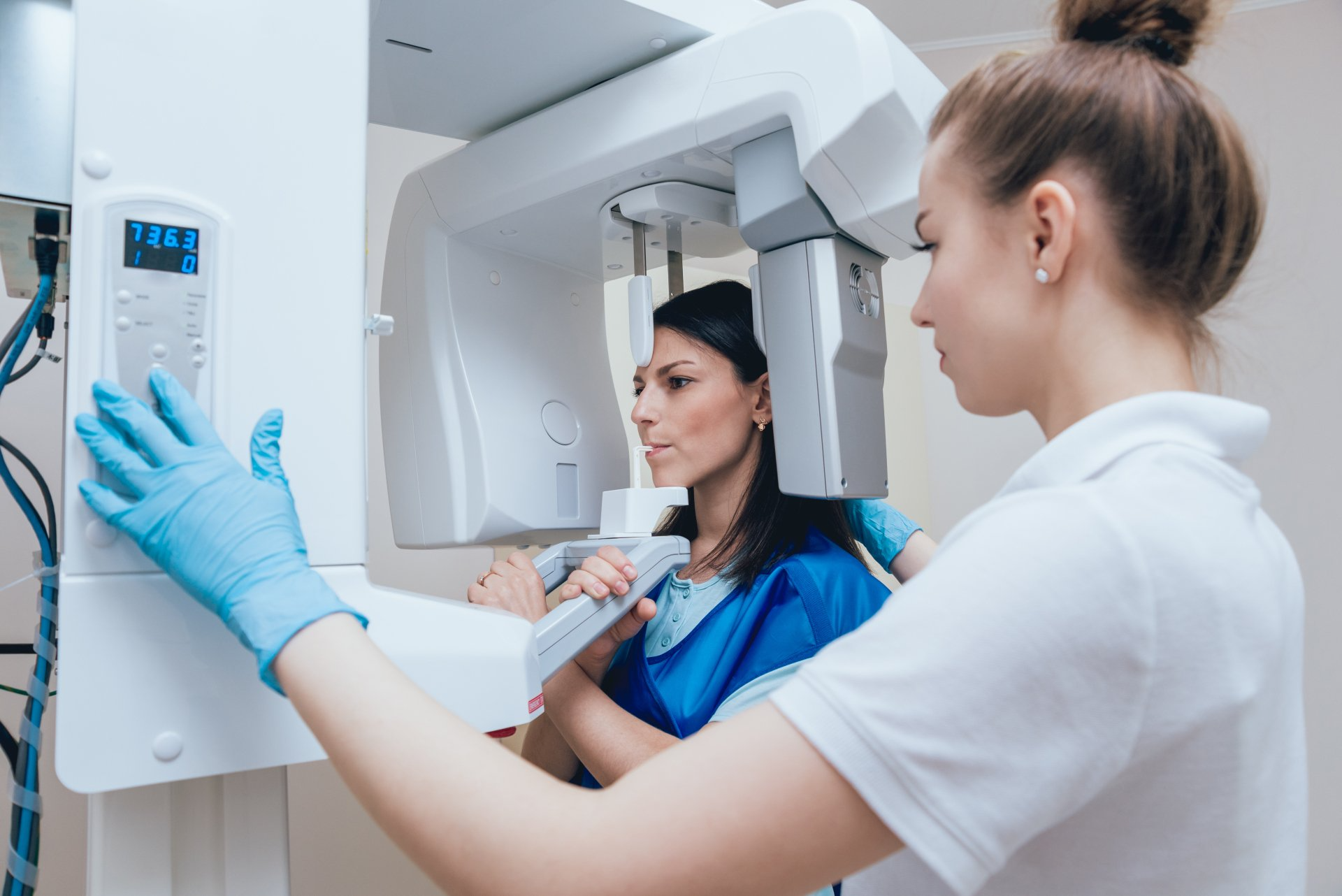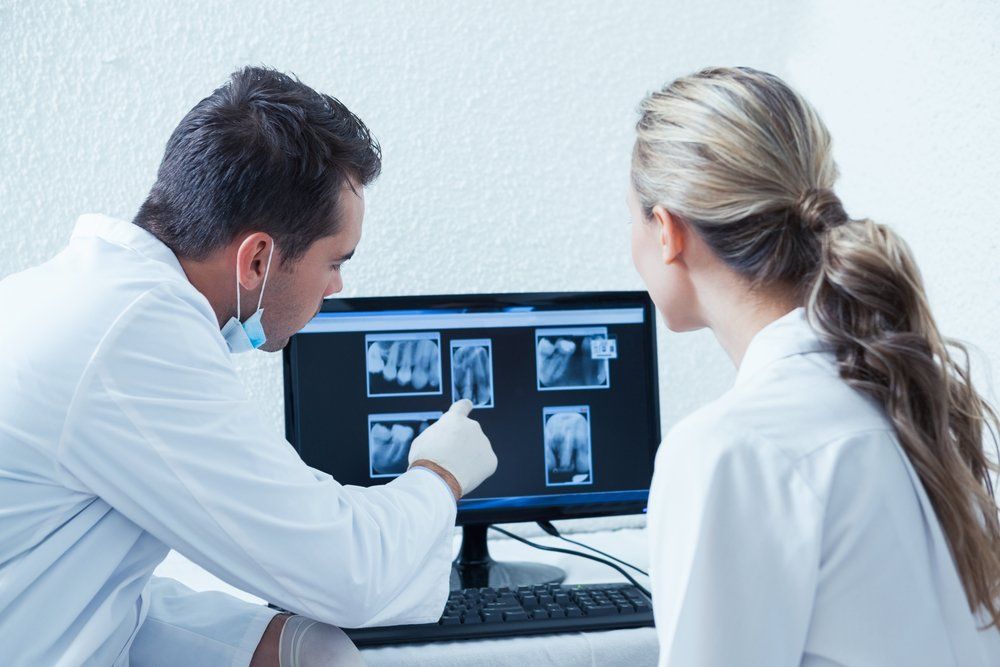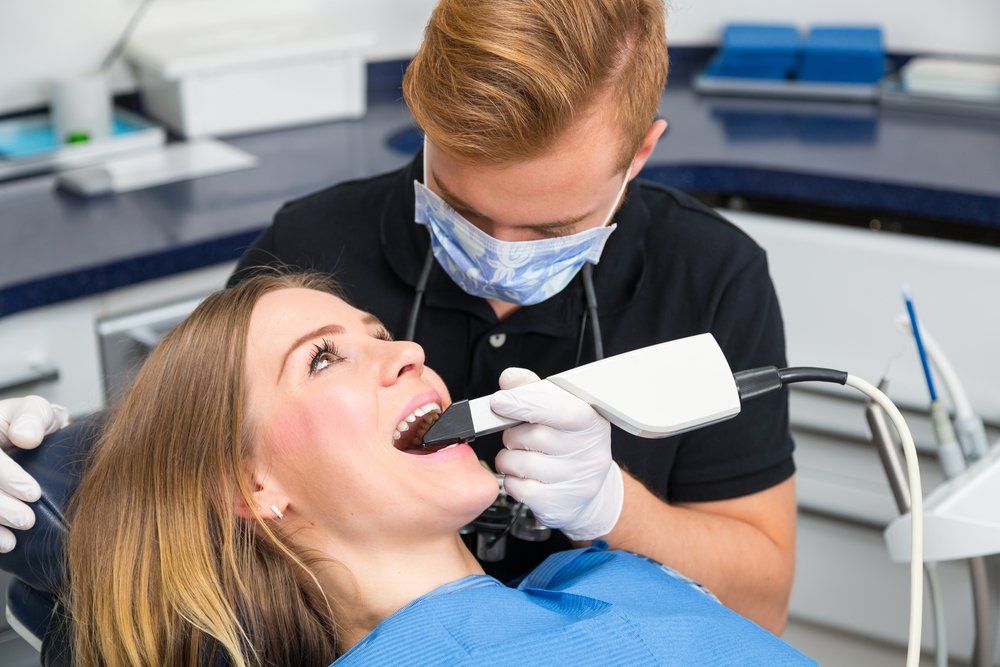Dental Technology In Centennial, CO
Dental technology has introduced innovative advancements over the last few years, making dental appointments quicker and much more thorough. Some of the laborious tasks of dentistry have been simplified and the process for several of these duties has proven more efficient. Technology has already altered our everyday lives at home and in the workplace, making it only a matter of time until modern developments changed how patients perceived a routine dental appointment. Here are the pieces of technology we have in our office.
-
Digital X-Rays
Introduced in 1987, nearly 90 years after traditional x-rays came to fruition, digital radiography combined the power of computer technology with electric sensors and tiny bursts of radiation. Rather than printing the results on film, images form almost as soon as the sensors are placed in our mouths, projecting on a computer screen. Digital x-ray technology does demand additional training for dentists, though the majority of practitioners are adamant that the advantages are worth the commitment. Today, a lot of dental offices only offer patients digital x-rays because, in multiple ways, it is the superior option to traditional radiography.
- Less Expensive | Digital x-rays will generally cost you less than the traditional alternative because the cost of film to develop images for the latter adds up. In contrast, digital x-ray imaging projects right onto our computer.
- Better Storage | Since these digital x-ray images are transferred to a computer system, it allows for easier storage of your oral health records. Your data can be transferred from one dentist to another without any medical data being lost in the exchange.
- Finer Images | Digital x-ray images produce a better resolution than their traditional counterpart. Also, old-fashioned x-rays can only project images in 25 various shades, whereas a digital image can reveal up to 256 shades of grey. Digital radiography also has the advantage of accessing more angles within our mouths, providing a streamlined view of a patient's entire oral structure. With the assistance of computer programs, dentists can even enhance the digital images further, for a focused view.
-
VELscope
VELscope's Vx Enhanced Oral Assessment System is a handheld scope utilized by dentists to help visualize oral tissue abnormalities, including cancer and pre-cancer. This device is used together with, and as a supplement, to the traditional intra and extraoral head and neck examination. The VELscope Vx differs from other adjunctive devices used for oral examination by not requiring any dyes or extended testing procedures. A VELscope Vx exam is completed in our office during a routine hygiene appointment, in roughly two minutes.
Revolutionizing how oral mucosal examinations are executed, the VELscope Vx handheld device emits a bright blue light that is used to inspect our mouths and tongue. As the device is sensitive to abnormal tissue changes, the blue-spectrum light causes the soft tissue (oral mucosa) of our mouths to naturally fluoresce. Healthy tissues glow in distinct patterns that may be visibly disrupted when tissue undergoes an abnormal change, like when it is associated with oral cancer or dysplasia. Potential cancerous or pre-cancerous tissues can be invisible to even a trained eye, which is why the VELscope Vx device is vital in aiding the traditional intra and extraoral head and neck examination. More thorough exams provide our dentist a better chance to identify suspicious areas and quickly investigate for potential oral disease. Such early discovery is imperative because it increases the five-year survival rate for oral cancer patients to about 83 percent.
-
Intraoral Camera
Intraoral cameras are digital imaging tools that dentists utilize to create high-resolution images of your teeth and mouth. These small devices can comfortably fit in your mouth and can be maneuvered over and around your teeth. Once the images are captured, software works to piece them together to develop a digital 3-D model of your mouth. We implement these cameras for various purposes, including a single tooth that needs a restorative procedure or to capture images of soft tissues in our mouths, including our gums and soft palate. A large number of dental issues and conditions that affect our teeth and soft tissues are preventable, which is why intraoral cameras are particular helpful. Dentists can pinpoint and show patients precisely where their oral care needs to be concentrated. Intraoral cameras also limit your time in the office because the images are produced in real-time, and the outcomes are available almost immediately.
-
Dental Lasers
Diode Laser | The diode laser is useful for procedures that involve soft tissues, and are great for sterilizing endodontic canals, treating periodontal disease, and teeth whitening. It is a tool that offers a wide array of clinical treatment possibilities and is capable of great precision thanks to its portability and touchscreen controls. It has been shown to be helpful in treating challenging periodontal conditions while providing rapid healing and reduced swelling.
BIOLASE Epic X Laser | BIOLASE Epic X is a state-of-the-art and well-conceived example of a dental diode laser. A variety of pre-set procedures are installed into the device, with suggested settings that can be accessed swiftly and easily by our dentist. The handpiece is fitted with several single-use tips to access any area of our mouths, and there is a handpiece to be used for bio stimulation in pain relief and a whitening contour handpiece for patients who wish to receive laser-assisted in-office whitening. Most commonly, the tips of preference are the ones used intraorally since they are disposable and adjustable to any angle.
-
Digital Scanner (iTero)
In 2007, the dental industry made another advancement with a new piece of technology called the iTero digital scanner. This piece of technology takes highly accurate 3D scans of your mouth. The iTero digital scanner is commonly used to help dental professionals create accurate models for dental restorations which include implants, crowns, and veneers. It is also commonly used for orthodontics to identify issues that may occur during an orthodontic treatment, such as for braces or Invisalign.
We are the local Centennial dentist near you!
It’s Your Smile, Let Us Help You Make It Your Best
Request Your Next Dental Appointment
We look forward to seeing you soon!
Please note, we will try our best to accommodate your schedule.
Thank you so much for contacting our dental practice. While we strive to respond to all inquiries right away, we may be away from the desk helping a patient or out of the office. We will do our best to reach back to you shortly.
Please note, if this is a dental emergency, it would be best to call our practice as this is the fastest way to reach us (720) 482-0793.
Please try again later
Centennial Dentist
We understand that trying to find a nearby dentist you can trust is difficult, that is why we make it easy for you to work with us.
(720) 482-0793
200 - 7940 S University Blvd
info@aspenspringsdental.net
Helpful Links
Dental Practice Hours
- Monday
- -
- Tuesday
- -
- Wednesday
- -
- Thursday
- -
- Friday
- -
- Saturday
- Appointment Only
- Sunday
- Closed
All Rights Reserved | Aspen Springs Dental
All Rights Reserved | Aspen Springs Dental
Dentist Website Diagnosed, Treated, and Cured by Dr. Marketing Inc
